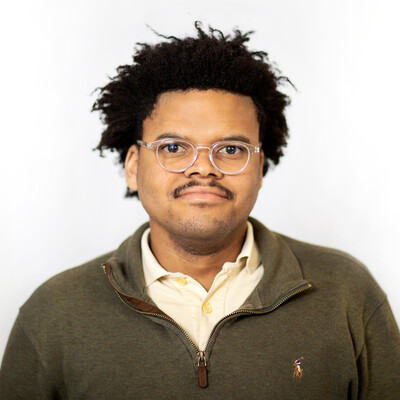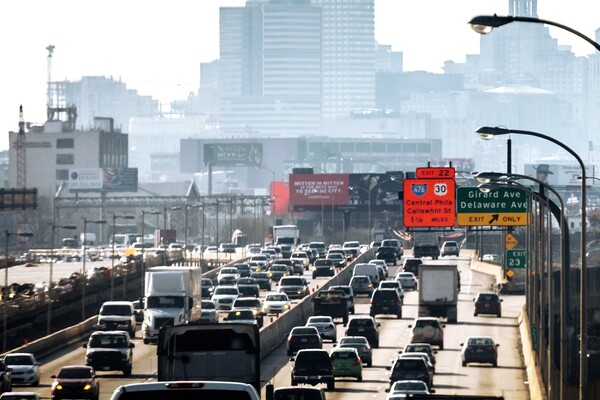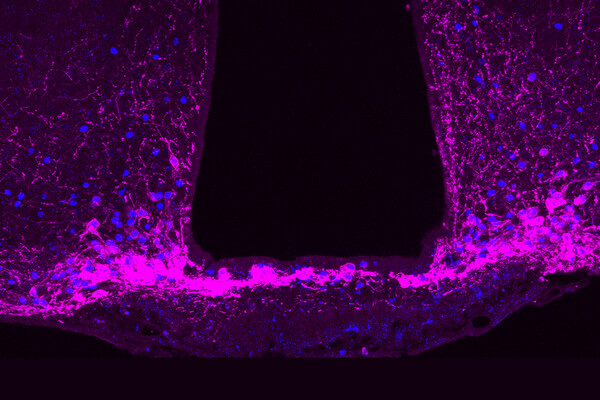
Wall Street rides an AI-fueled rally that has pushed major indices to new highs that’s driven largely by a handful of dominant tech firms. As enthusiasm around artificial intelligence reshapes markets and concentrates risk, questions are mounting about whether the surge reflects durable growth or the familiar shape of a speculative bubble. Wharton finance crises expert Itay Goldstein explains how bubbles form, why they can be so dangerous, and what today’s AI boom shares—and does not—with past market madness like the one described in “The Big Short.”
(Image: Getty / Spencer Platt)







